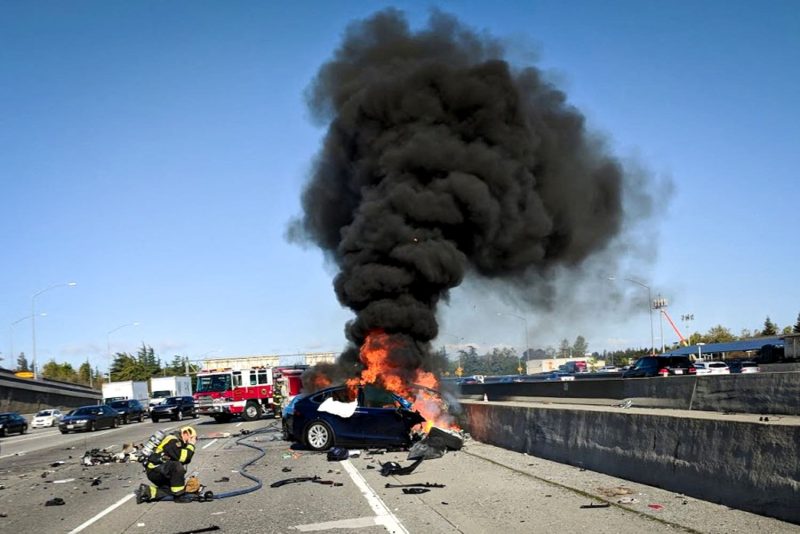In a significant development related to autonomous driving technology, electric car giant Tesla has reached a settlement in a lawsuit stemming from a fatal crash involving its autopilot system in 2018. The incident, which resulted in the tragic death of an Apple engineer, highlights the complexities and challenges facing self-driving vehicle technology.
The case centered around the death of Walter Huang, who was behind the wheel of his Tesla Model X when it crashed into a freeway barrier in Mountain View, California. Tesla’s autopilot system was engaged at the time of the accident, raising questions about the system’s effectiveness and safety features.
Following the crash, Huang’s family filed a lawsuit against Tesla, alleging that the autopilot system was defective and failed to detect the barrier in time to prevent the collision. The lawsuit also accused Tesla of negligence in the design and implementation of its autopilot technology.
Tesla has maintained that its autopilot system is meant to assist drivers and not replace human oversight. The company argues that while the system can help improve safety and reduce accidents, drivers must remain attentive and ready to take control at all times.
Under the terms of the settlement, Tesla has agreed to compensate Huang’s family for their loss and work towards enhancing the safety features of its autopilot system. While the details of the settlement remain confidential, the resolution of the lawsuit is seen as a step towards addressing some of the concerns surrounding autonomous driving technology.
The case has sparked broader discussions about the risks and benefits of self-driving vehicles. Proponents argue that autonomous technology has the potential to save lives by reducing human error, while critics warn of the dangers of overreliance on automation and the complexities of integrating self-driving cars into existing traffic systems.
As automakers and tech companies continue to invest in autonomous driving research and development, the need for robust safety regulations and thorough testing procedures becomes increasingly apparent. The tragic crash involving Walter Huang serves as a sobering reminder of the importance of ensuring that self-driving technology is reliable, safe, and trustworthy.
In conclusion, the settlement of the lawsuit between Tesla and the family of Walter Huang marks a significant chapter in the ongoing evolution of autonomous driving technology. While the promise of self-driving vehicles is tantalizing, the challenges of ensuring their safety and effectiveness underscore the need for continued vigilance and careful regulation in this rapidly advancing field.
